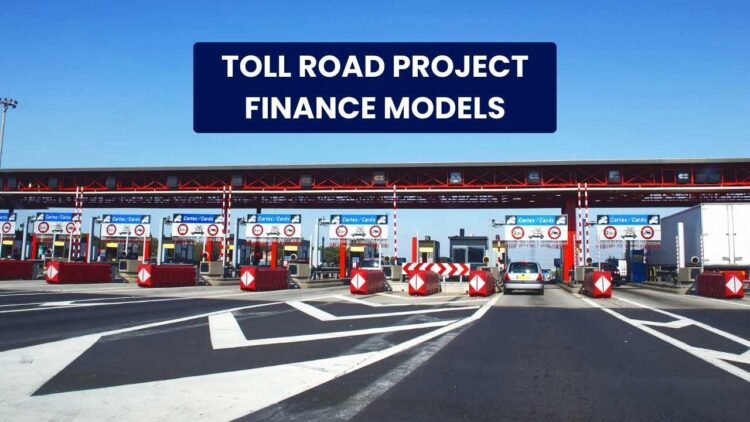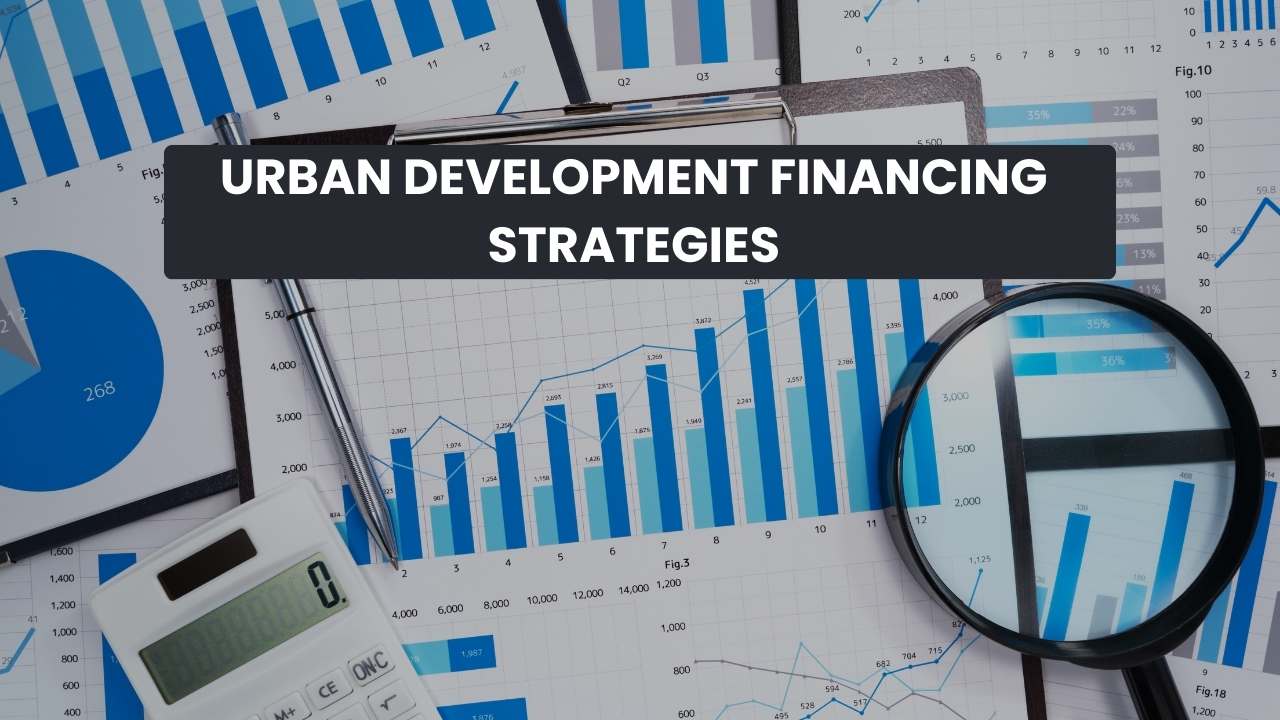Large-scale infrastructure projects require a financial model that will help in estimating, managing, and evaluating funding for the project. For the toll roads project, where the investment typically depends on the revenue generated from the project, you need to create an effective model.
Toll Road Project Finance Models
The toll-road project is a part of modern infrastructure that is implemented to recoup the costs of roads, highways, expressways, and bridges maintenance and construction. The toll road projects involve the proper design, construction, operation, and strategies.
The toll projects are generally financed through project finance or private-public partnerships, or private instruments, as the investment can be recovered through the toll tax or under charges, after the project is implemented.
The financial models for the toll road projects may vary depending on the purpose and complexity. Here are some commonly used financial structures for the toll roads around the world:
- Public-Private Partnerships: The public and private share the investment, risk, and profit of the project in this structure, so the financial model can be based on this and finalize the project.
- Mini Perm: This is a short-term structure for financing toll roads, which is used to finance the construction of the project. The private or commercial banks generally provide this finance, and refinance it permanently after the project is in operation.
- BOT: The build-operate-transfer model is where the private entities build, design, and construct the toll roads, operate them for the time being to recover the investment or get their share of the benefit, and later transfer them to the government.
Components of Toll Road Project Finance Models
To understand and create the toll project finance models, you should be aware of the components of the financial models, such as:
- Project & development cost: The components involve the project and development cost, which will include the estimated cost of land acquisition, design, and construction costs.
- Revenue Streams: The component will have information about the revenue stream of the project and possible revenue.
- Sources and Funds: Here you will mention the source, received funds, remaining funds, and other information about the funding and investment to be clear how much money has been used or to be used, or remains in the funds.
- Debt Structuring: This component involves information about the debt, such as maximum debt, debt repayment, cash flow sweeping, refinance, and others.
- Financial Ratios: The financial ratios will have net present value, local life coverage, and other financial ratios related to the toll road projects.
- Operation & Maintenance Cost: The operation and maintenance cost will have the estimated or evaluated cost of staff, fuel, electricity, operating expenses, and other maintenance costs.
How to implement the Toll Road Project Finance Models?
When you plan to create the toll road project financial model, you can start it through the following process:
- Gather market and project data: You should start collecting data related to the project, from market situation & trends, demographics, economic trends, competitive analysis, traffic volumes, and potential income from the project. The research or data will help you estimate the cost, revenue, and the probability of success.
- Assumptions: You should work on the assumptions and probabilities of the project for risk management and be prepared for any unexpected situation.
- Model Creation: Once you are clear of funding, you can create the financial model using various software tools, such as MS Excel. Today, you can even find automated tools that can help you create a financial model most effectively.
- Analyze and validate: Once you have built the financial model, you should analyze the model, ensure it is easy to understand, and validate its accuracy and effectiveness.
What are the benefits of preparing the Toll Road Project Finance Models?
By preparing the finance model for the toll road projects, you unlock many benefits depending on the project complexity; however, here are the common benefits:
- Decision-making: The models help you understand the financial situation of the project, which will help in making an effective strategic decision for the success of the project.
- Financial statements: The model will let you record the financial measures, funding used, revenue, and other, so you will have the full financial statements.
- Determine financial strength: The model lets the stakeholders know and determine the financial strength of the project with specific data.
- Improve long-term planning: The financial model has all the records of the project costs from operation to implementation, which will help in preparing the long-term plan for the project. implementation and administration of the project.
- Benefit investors and investment: The proper financial model will attract the investors and secure funding, as they will know the cash flow, funding, expected revenue return, and other long-term benefits.
- Debt financing: The borrowers can justify the debt, risks, repayment, and other aspects of the project that can assure the investors.
Toll road projects are one of the infrastructure projects where investors invest with the purpose of getting a return, hence their financial modeling is highly important.



